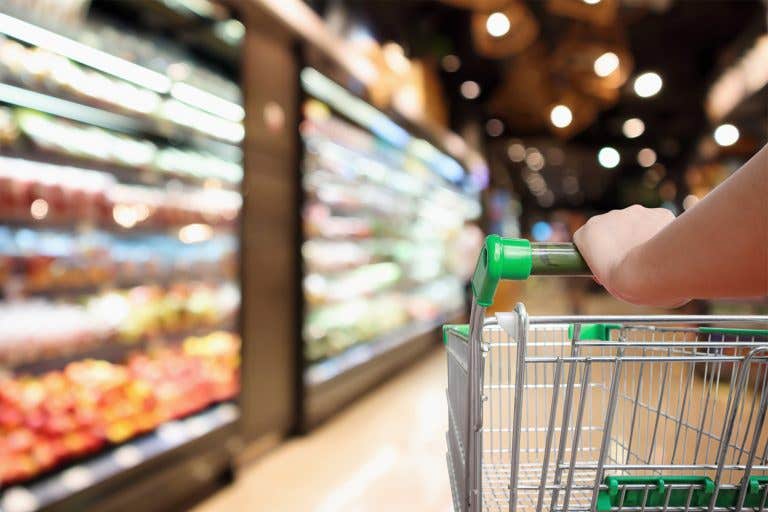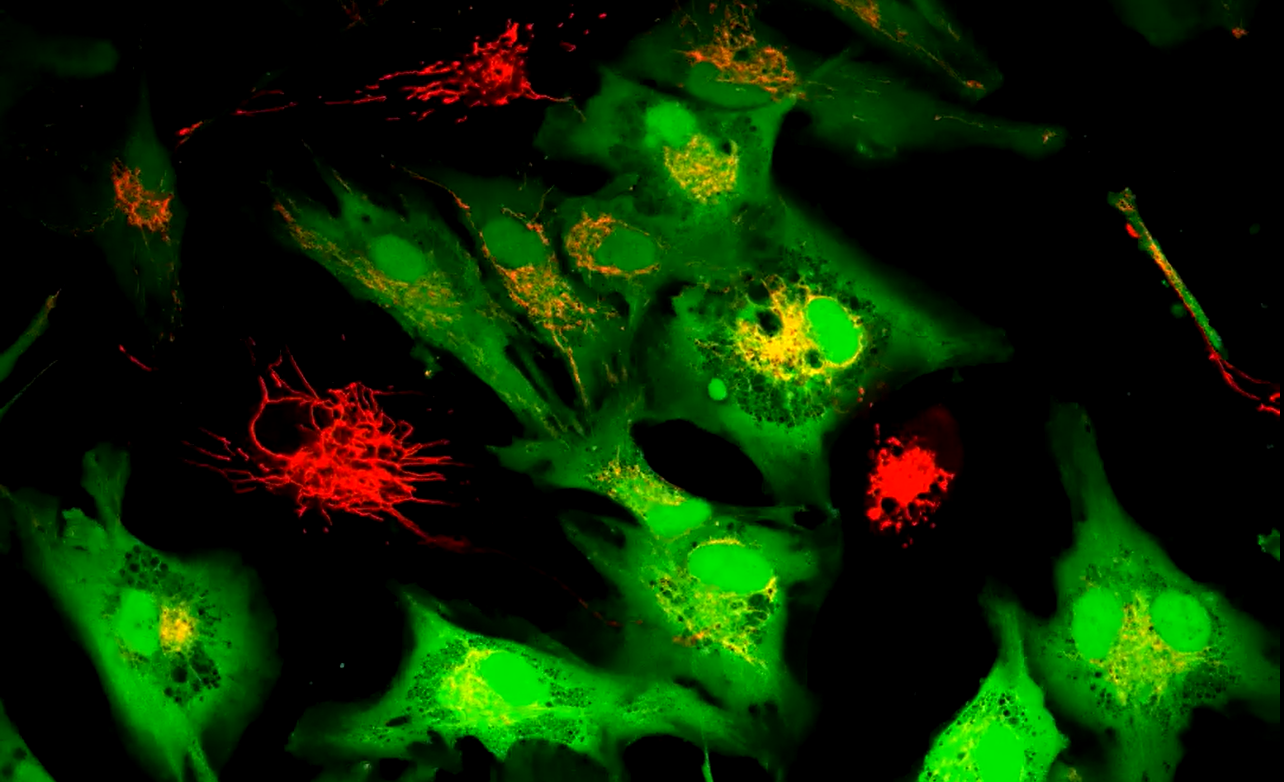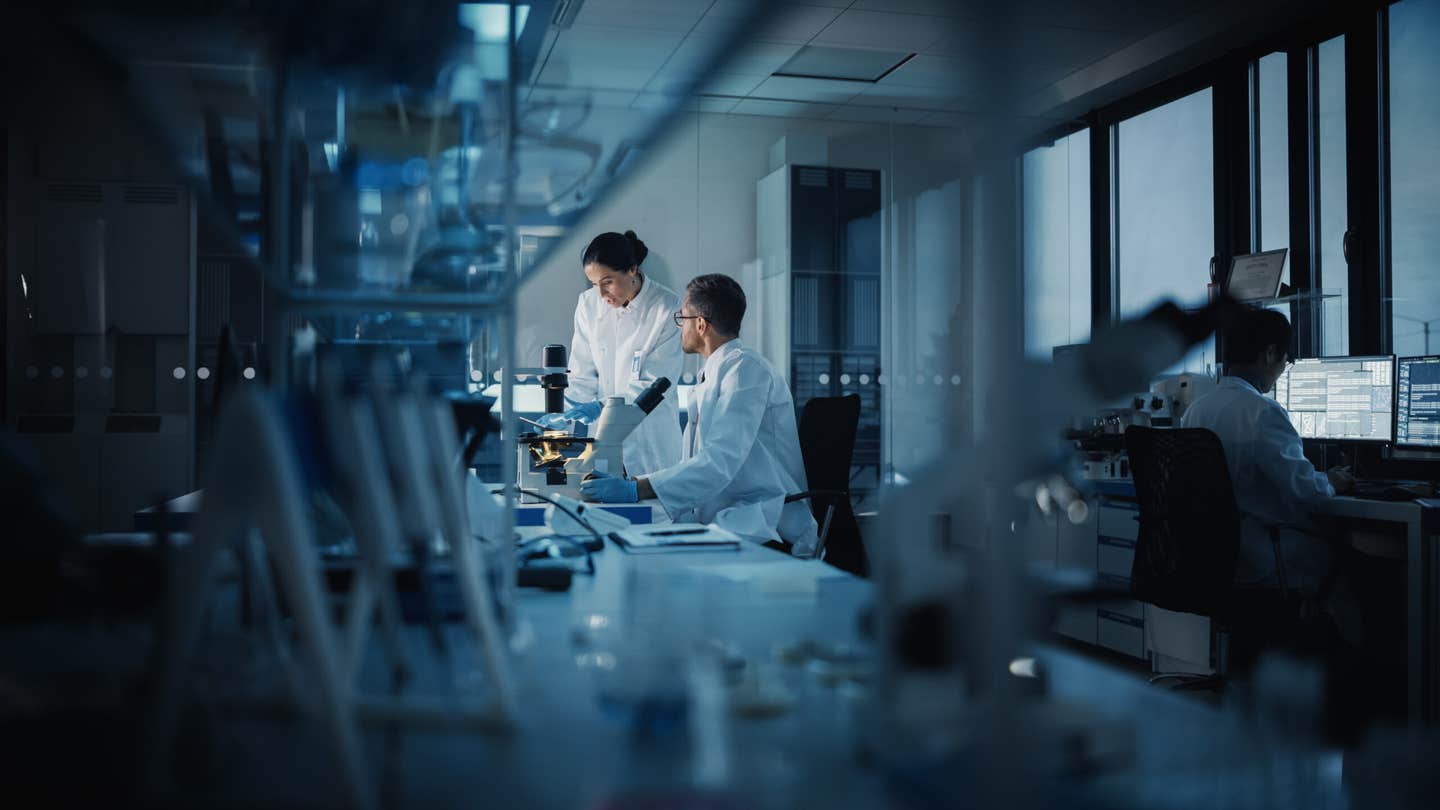Healthy food stores alone won’t fix obesity, study finds
A new study shows that where people shop for food, not just what’s nearby, better predicts obesity-related cancer deaths.

Shopping habits, not just store locations, shape obesity-linked cancer risks in the U.S., says new GPS-based study. (CREDIT: Adobe Stock)
Obesity and cancer form a troubling link in the United States. Over 40% of adults are obese, and more than 70% are overweight. This growing public health crisis contributes to higher healthcare costs and shorter lives. Many experts believe that eating better can slow or even reverse this trend. But simply placing more healthy grocery stores in neighborhoods isn’t always the solution.
Shifting the Focus: Where People Shop Matters More Than What’s Nearby
Researchers wanted to understand why placing healthy food stores in certain areas hasn’t reduced obesity-related health problems. They suspected that people might not shop where they live. To test this idea, a group of scientists built a new tool to track how food shopping habits influence health, especially when it comes to obesity-related cancers.
Their study, published in BMC Medicine, used GPS data to track where people went to buy food. They looked at nearly 359,000 food retailers across the country. They also used cancer death data from the Centers for Disease Control and Prevention. Their goal was to learn if there’s a stronger connection between cancer deaths and the places people actually shop—rather than the places near where they live.
"Obesity is closely related to cancer and every year, 5% of the new cancer cases for men, 10% of cancer cases for women can be attributed to excessive obesity or body weight, so it is a very serious problem," said Ran Xu, one of the study’s lead researchers. "From a public policy perspective, intuitively, you think that if you open healthy grocery stores, that will improve people’s diet quality and then reduce obesity." But the reality is more complex.
A New Way to Measure Healthy Food Access
Traditionally, experts have measured food access by counting how many healthy or unhealthy food stores exist in a neighborhood. That method assumes people shop close to home. But this team built a new index that instead measures where people actually shop, regardless of distance.
They used 2018–2019 GPS data from SafeGraph and matched it with business data from InfoGroup. They marked grocery stores, big warehouse clubs, and farmers’ markets as healthy options. Fast food spots and convenience stores were tagged as unhealthy. Then, they compared shopping patterns with cancer death data between 2015 and 2020.
Related Stories
Their new activity-based index revealed that people often shopped outside their neighborhoods. "We found that people go to food retailers that are mostly outside their immediate neighborhoods," said Xu. "Also, in our previous research we found that by tracking where people go, we can link that with a series of cardiac metabolic diseases like obesity, hypertension, high blood pressure, and diabetes. We found the strongest association with obesity. In this paper, we go deeper into that and try to see if there is a link between peoples’ food retailer visit pattern and obesity-related cancer mortality."
And they did find a link. In fact, their activity-based index predicted obesity-related cancer deaths twice as accurately as the location-based index.
Shopping Habits Are Not All the Same
People’s behavior is shaped by many factors, including money, race, and culture. The researchers found that the link between shopping habits and cancer risk was strongest in Hispanic communities. This might be due to what scientists call the "Hispanic Paradox." It refers to the idea that Hispanic groups often have better health outcomes, even though they tend to face more poverty and risk factors.
Peter Chen, a geography expert on the team, explained, “We also found that this association is strong in residents with higher socioeconomic status (SES) and we think that is probably because, for example, for people with higher SES when they go to grocery stores, they have the financial means to purchase something healthy.”
In short, not everyone shops the same way or has the same ability to make healthy food choices—even when healthy stores are nearby.
Rethinking Food Policy: Activity Over Location
For years, one common policy solution has been to target “food deserts”—places with few or no grocery stores. Governments often invest in opening new stores in these areas. But this study raises important questions about that approach.
"If you think about food deserts, which are low-income areas without grocery stores, and the government will put resources into there, for example opening new grocery stores," said Xu. "However, based on our data, because most of the food retailer visits are outside their own neighborhood, we have to wonder, is this really the right approach? We need to focus on the actual behavior and activity, and that might give us better policy outcomes."
Tracking where people shop and understanding why they make those choices may be more useful than just changing what's nearby. Whether it’s due to prices, convenience, brand loyalty, or family traditions, people make food choices for many reasons.
What Comes Next? Understanding Why People Shop Where They Do
Xu and his team want to go further. They plan to study what happens after a new grocery store opens in a low-income neighborhood. They will use GPS data to measure how many people actually shop there and whether their health improves.
They also plan to ask people more directly about their shopping habits through surveys. This will help reveal deeper reasons behind food choices. Are people avoiding new stores because they’re too expensive? Or do they prefer the store they’ve always gone to, even if it’s farther away?
By mixing data with personal stories, the team hopes to offer clearer answers. That way, health policies can better fit real life. This study proves that actions speak louder than surroundings. Just living near a healthy food store isn’t enough. What matters more is where you actually go—and what you choose when you get there.
Note: The article above provided above by The Brighter Side of News.
Like these kind of feel good stories? Get The Brighter Side of News' newsletter.



